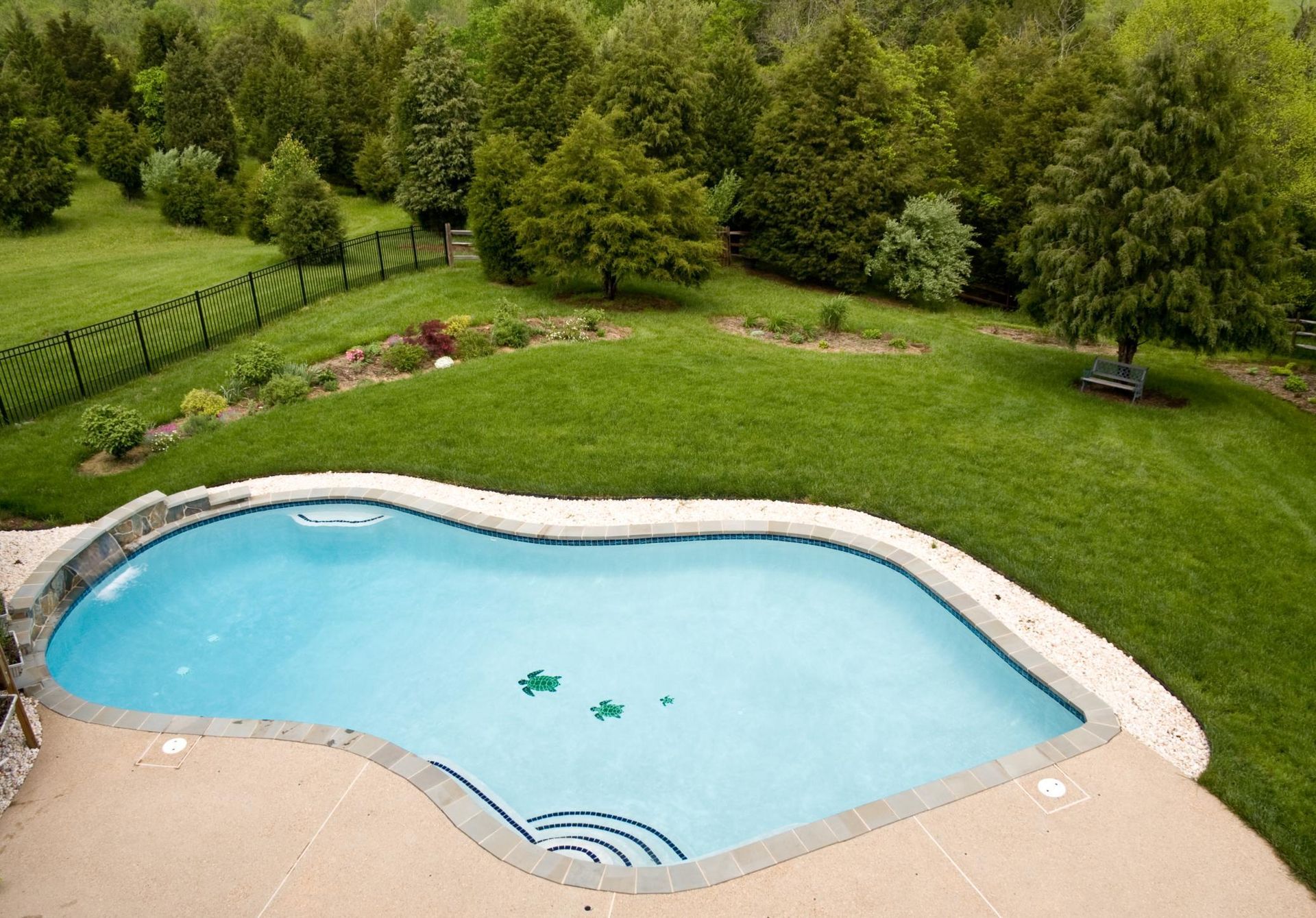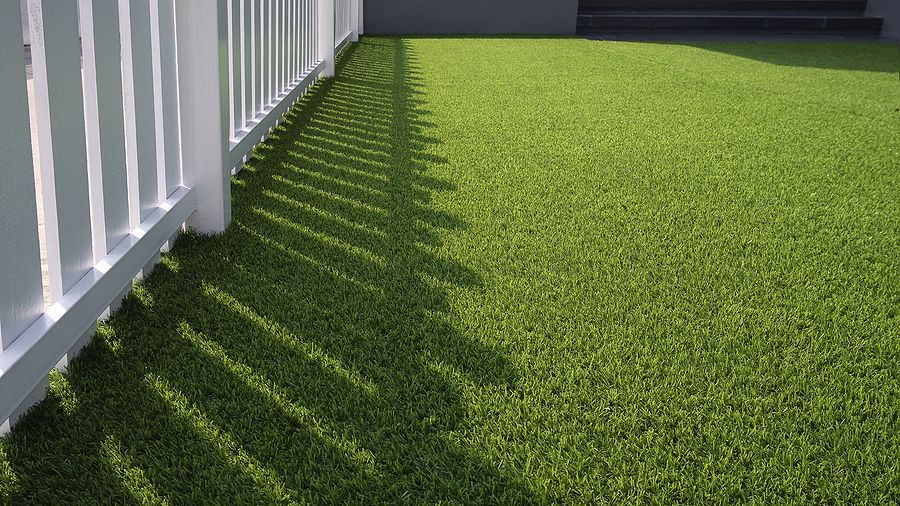Drainage with Premium Artificial Turf
How Does Artificial Grass Handle Heavy Rain and Drainage in Tampa?
Tampa’s subtropical climate means frequent afternoon thunderstorms, tropical storms, and even the occasional hurricane. That’s why proper drainage is one of the most important factors to consider when installing any type of landscaping in the area. Fortunately, artificial turf is built to handle Florida’s wettest weather—and do it better than natural grass.
Modern synthetic turf systems are designed with high-performance drainage in mind. Most quality turf products come with a perforated backing that allows water to flow through at a rapid rate—often over 30 inches per hour per square yard. That’s significantly more than Tampa’s average rainfall, even during peak storm season.
But the real key to drainage isn’t just the turf—it’s the base installation. Professional installers in Tampa use a compacted base of crushed rock or decomposed granite beneath the turf. This creates a stable foundation that not only supports the grass but also allows water to drain efficiently into the soil below. The result is a lawn that stays dry underfoot—even after a downpour.
Unlike natural lawns, which can become muddy, patchy, and prone to pooling, artificial turf drains quickly and evenly. This makes it a popular choice for backyards, pool areas, dog runs, and playgrounds, where standing water can cause safety issues or a soggy mess.
Plus, turf helps reduce soil erosion and runoff—two common concerns in Tampa neighborhoods with sloped yards or limited stormwater infrastructure.
In short: Artificial grass is more than up to the task when it comes to Tampa’s heavy rains. With the right installation and materials, your turf lawn will drain efficiently, stay dry faster, and keep your outdoor space looking pristine—even during Florida’s stormiest days.


